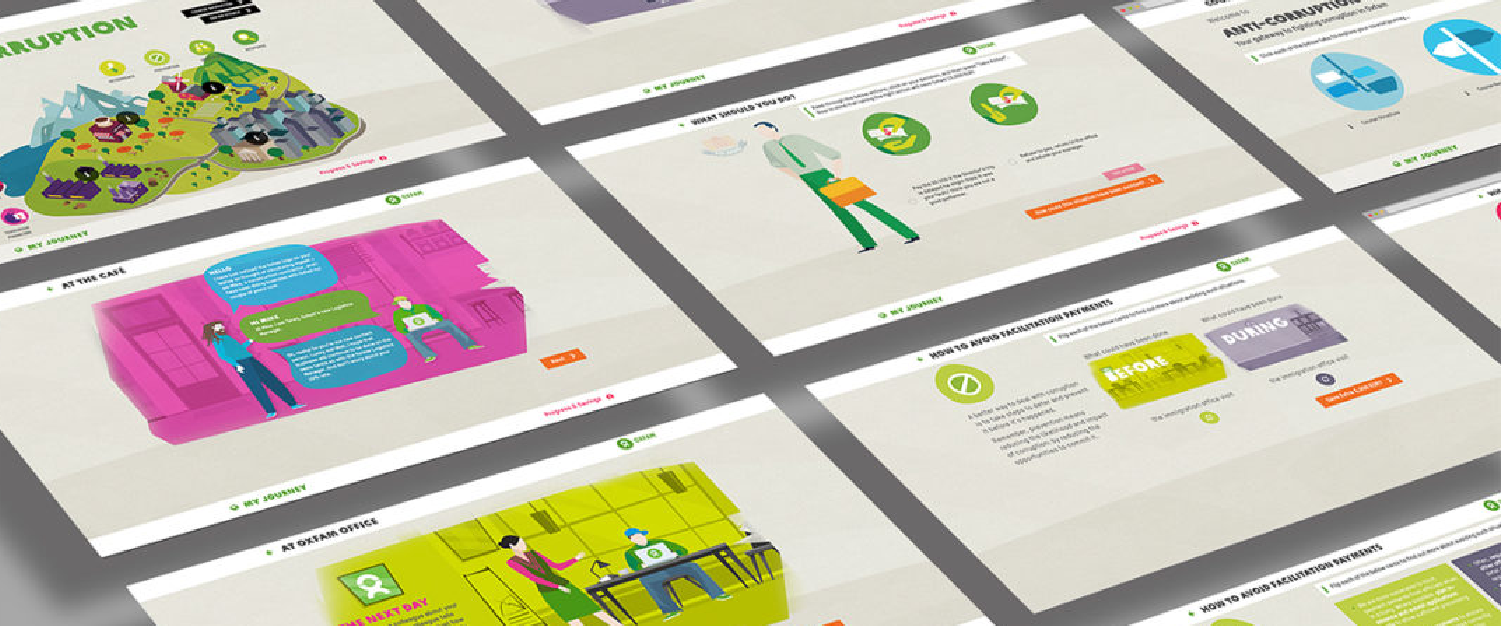
How Interactive Objects Enhance Learning

Could you imagine that an online course can be as effective as a course conducted face-to-face or in traditional learning? The answer to that is definitely yes, and one of the reasons for this is “interactive objects”.
So, what do we mean by interactivity? An online course can consist of animations, videos, live sessions, discussion forums and many more but in this article, we will be talking about Interactive objects. Technically, interactive objects are packaged courses that respond in a certain way based on the learner’s action.
Through these interactive objects the learner can:
- Be more actively involved in the learning process;
- Have an engaging and rich learning experience;
- Be able to participate in more complex activities than simply watching or reading
For example: Through these interactive objects the learner can even conduct experiments. Can you imagine yourself conducting a science experiment in a virtual lab as if you are in a real lab? You will even see the same result as the one you will see when you do the experiment by hand.
Sometimes, interactive learning objects get a bad rep for being too boring or unattractive, which may have been the case over 20 years ago when they first started. But nowadays, through thoughtful and purposeful learning experience design, interactive objects can significantly enhance the learning journey, and if used properly can even help the learner learn faster and better than with traditional learning.
You see, these interactive objects give the learner a chance to be more in control of his/her learning. How?
- Microlearning: allows big concepts, or intensive information to be delivered in an organized and logical manner. Meaning the learner is in control of what part of the information to learn, when to learn it, reflect on it, understand it and moves on to the next part. r.
- Linkage: help the learner link the “word” to the “visual” and the “sound” so they become one.
- Real-life experiences: allow the creation of activities that are related to real life. For example, real life scenarios and simulations of any dialogue, or action or event can be presented to the learner and s/he can interact as if they are actually “living” that moment and experience, and taking the necessary decisions and actions.
In a nutshell, if used properly interactive objects can create engaging, result-oriented, and learner-centered experiences that help trainers and learners get the most out of their learning.

